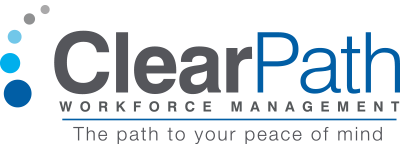In the past several decades technology in our workforce has changed all of our lives. Many positive changes have been made, but some things are better left for humans to do.
Companies are starting to use more cognitive computing which involves self-learning systems that use data mining, pattern recognition, and natural language processing to mimic the way the human brain works. Artificial Intelligence (AI) is enabled through cognitive computing which is the simulation of human thought processes in a computerized model and refers to computer systems able to perform tasks normally requiring human intelligence, such as visual perception, speech recognition, decision-making and translation between languages.
The development of AI alongside complimentary technical advances such as robotics and big data is forecast to have a profound development on the future of work. However, meaningful collaboration between people and machines must not subvert human creativity, feelings, and questioning over speed, profit, and efficiency.1 Many traditional occupations are threatened by AI while, at the same time, new occupations will emerge. Companies need to make sure their new technology doesn’t alienate their employees, potential employees, and their clients. They must be cognizant that people are still human and need that human-to-human interaction and experience.
Some employees worry about their positions being eliminated due to advanced technology. This raises questions about how our society can better ready itself for the impending changes to the workforce. As well as changing, or possibly replacing, your role, it’s likely that AI will transform how you hire and other HR duties. There are some aspects of the talent acquisition process that will be shaped by emerging technologies. But are they just making the process less personal?
As a former recruiter, in the late 80s/90s, I had to review resumes myself, then call potential candidates to phone-screen them. I had the opportunity to get to know the person behind the resume. I was excellent at seeing potential in candidates for other positions or with companies that I didn’t initially consider. I took the time to talk and get to know the person. I could see the transferable skills to different positions and industries. I think some of this has been lost with technology.
Putting Human back into Human Resources
Nowadays, candidates send resumes into an Applicant Tracking System (ATS) and if their resume doesn’t contain the correct keywords, the candidate may never get called. On the other hand, those who know the keywords to use can get through the process but might not be truly qualified. It has become a lackluster process. Companies need to put the “Human” back into Human Resources.
Terri Gallagher, workforce strategy architect and the founder of Gallagher and Consultants, says,
“The intent of talent technology is to move the transactional tasks away from overloaded recruiters and talent leaders; let them focus on what we humans are good at: connecting, evaluation, building relationships. Execution is key. When done right, candidates get quick responses (vs. no response) and the hiring process is expedited. It’s an evolution between the humans and technology; it will take time.”
The employment on-boarding process used to be labor-intensive with a lot of paperwork. This has been streamlined with technology and I certainly see the benefits. I’ve seen some companies that have completely sterilized the employment process, with no human interaction until late in the process. ClearPath Workforce Management is careful to combine the human element with technology in our processes. We want our candidates and clients to experience a personal style of engagement. Because at the end of the day, we are all still just people and it’s nice to be treated that way.
ClearPath can help you accomplish your day-to-day tasks pertaining to your contingent workers. We can help relieve this burden by outsourcing your back-office Human Resources and Payroll functions to our Employer of Record service. Contact us to learn more about how our expert personalized service can let you get back to focusing on your business goals. Work with a leader in the industry for outsourced Human Resources and Payroll functions associated with W-2 and 1099 contingent workers. Let ClearPath be the path to your peace of mind. For other questions about assessing your workforce or conducting a review of your current hiring processes, the ClearPath team can assist you.
Terri Gallagher is a seasoned talent solutions executive and workforce strategy architect, and the founder of Gallagher and Consultants, a consultancy firm that provides technology-forward innovative strategies for small- to mid-size clients to optimize their contingent labor and integrate into effective total workforce strategies. https://www.gallagherandconsultants.com/
Source:
- Written by: Connie Wendt
- Posted on: July 16, 2019
- Tags: Artificial Intelligence, EMPLOYER OF RECORD SERVICE, ENGAGING W-2 WORKERS, FORM I-9, INDEPENDENT CONTRACTOR COMPLIANCE, W-2 Worker Classification, Workforce Classification

